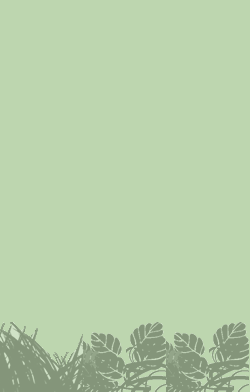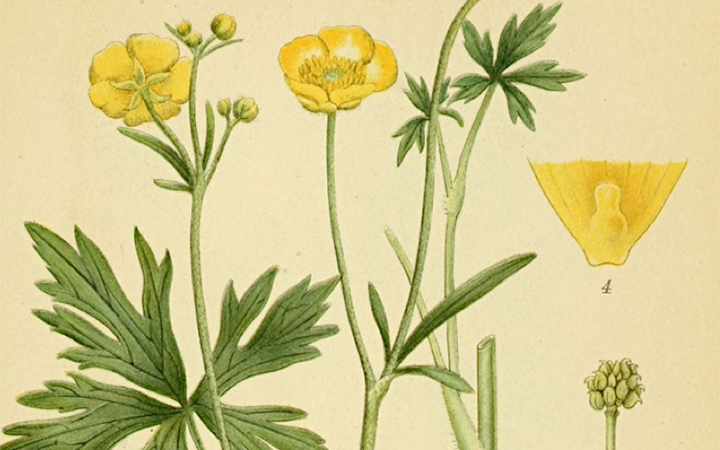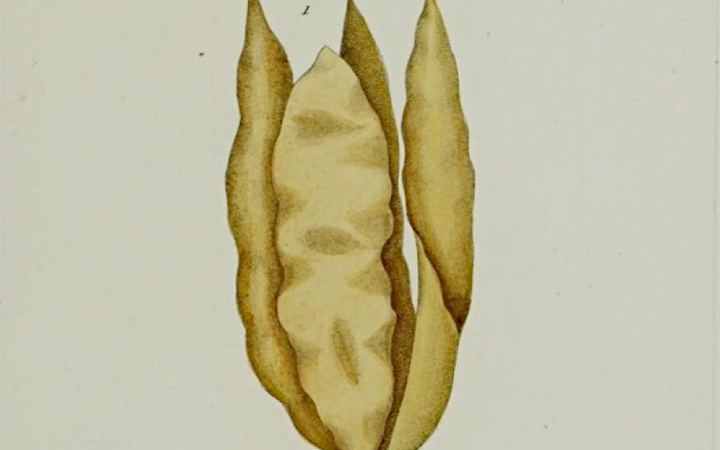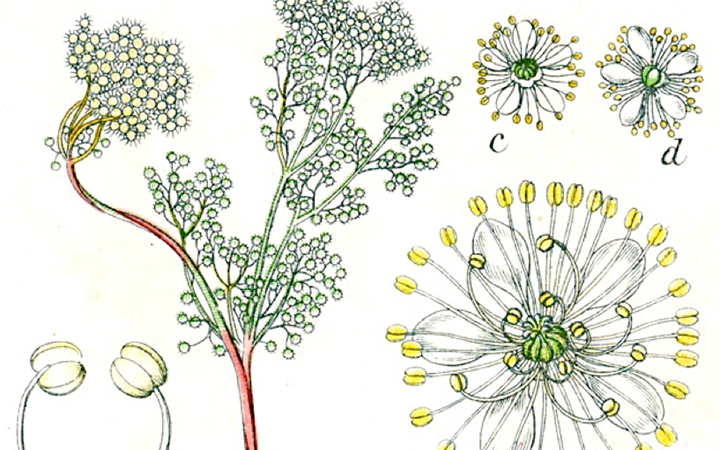United Kingdom Vintage Deck
2014 – (See Cards | Deck Info | Download | Purchase)…
All organisms collected depict common flora and fauna found in the United Kingdom. This is a DIY 60 card STARTER deck that collects vintage biodiversity related illustrations that predate 1913 (at least one hundred years old). Most come from wiki commons or the Biodiversity Heritage Library, where copyright status appears clear. Note that if an image used are breaking copyright status, please contact db@mail.ubc.ca so that we can remove the image.

Buttercup
Ranunculus acris


2 POINTS
Fact: All Ranunculus species are poisonous when eaten fresh by cattle, horses, and other livestock.

Duckweed
Lemnoideae subfamily


3 POINTS
Fact: Duckweed is an important high protein food source for waterfowl. As it contains more protein than soybeans, it is often cited as a potential human food source.

Himalayan Blackberry
Rubus armeniacus


2 POINTS
Fact: Native to Armenia and Northern Iran, the species was introduced to Europe in 1835 and to Australasia and North America in 1885.

Kelp
Laminaria genus


2 POINTS
Fact: Kelp grows in underwater “forests” (kelp forests) in shallow oceans.

Meadowsweet
Filipendula ulmaria


2 POINTS
Fact: It is known by many other names, and in Chaucer’s “The Knight’s Tale,” it is known as Meadwort.

Pedunculate Oak
Quercus robur


2 POINTS
Fact: Quercus robur is a large deciduous tree, and is also known as the English Oak.